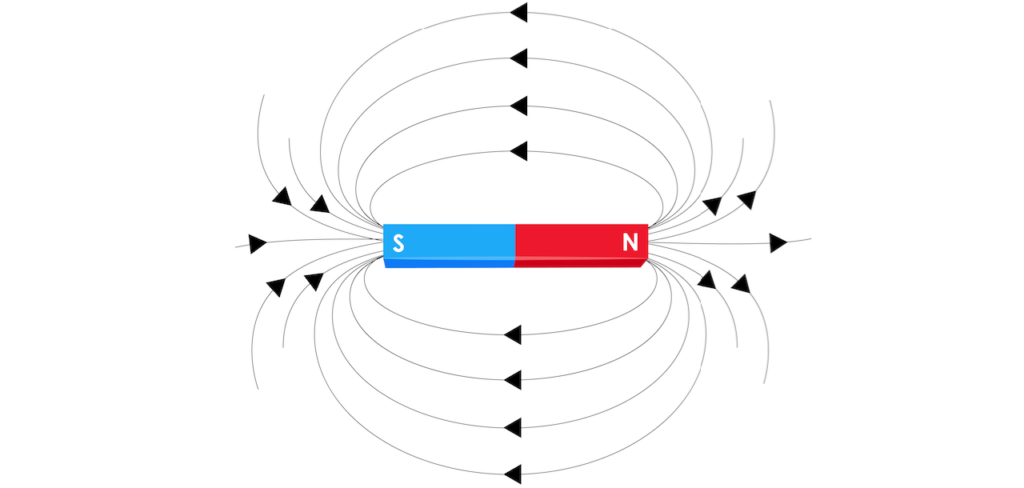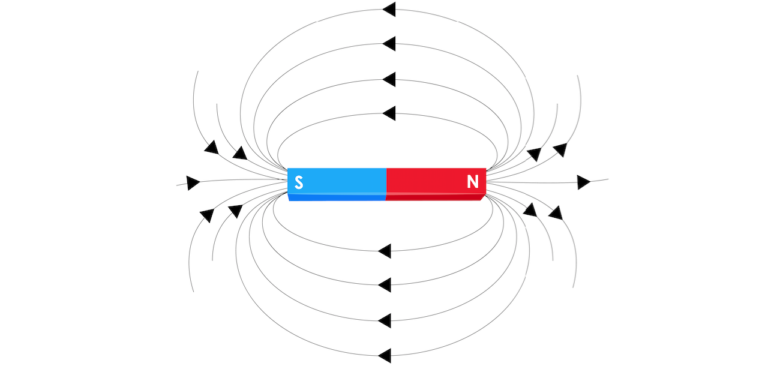Magnetic Field Polarity

The topic of polarity has no scientific basis or proof in relation to PEMFs. Even so, polarity is occasionally mentioned in this industry, so we will mention it briefly.
DOES POLARITY EVEN MATTER?
The concept is taken from the convention used to describe the Earth’s poles as North and South. In fact, there are two types of poles on the Earth – magnetic and geographic. The magnetic poles are not physically situated in the same place as the geographic poles. When someone is talking about the North Pole, meaning the one to which the compass points north, they are actually referring to the North-seeking pole. This means that the actual North Pole, geographically, is a magnetic South Pole. The compass needle’s north is attracted to the magnetic South pole. It’s easy to see why the confusion exists.
To avoid such confusion and to standardize magnetic fields, measurement instrumentation as well as scientists and engineers use the terms ‘positive’ or ‘negative’ instead of ‘North’ or ‘South’. The positive pole is considered the North-seeking pole.
POSITIVE AND NEGATIVE
Unlike electricity, magnetic fields do not have charge. Therefore, the terms positive and negative do not carry the same meaning for magnetic fields as they do for electrical fields. Gauss’s law for magnetism states that there are no “magnetic charges” comparable to electric charges. The sum total magnetic field through any surface is zero.
Instead, the magnetic field from a material is generated by a dipole. Magnetic dipoles are best represented as loops of current, but resemble positive and negative ‘magnetic charges,’ inseparably bound together, having no net ‘magnetic charge.’ In terms of field lines, this equation states that magnetic field lines neither begin nor end but make loops or extend to infinity and back. In other words, any magnetic field line that enters a given volume must somewhere exit that volume.
From a physics perspective, therefore, magnetic poles do not have specific actions. One is not stronger than the other. One pole is not relaxing and another energizing. There is no good, reputable scientific research to support a separate action for each pole. The issue of polarity is primarily focused on static magnets. Even if there is some basis for polarity differences, the concept remains questionable. Every magnet’s fields bend over the sides and “reverse polarity,” meaning that placing a magnet over the body will still provide bipolar exposure. Once a magnetic field line exists it is both continuous and infinite in a loop, having no motion or direction, per Gauss’s law for magnetism. In any event, humans are continually exposed to both polarities.
Most of the research using time-varied magnetic fields pays no regard to polarity. Because PEMFs are always in motion, expanding and collapsing through tissues, they are essentially bipolar. PEMFs can be designed to be positive and/or negative, though no systematic differences have been discovered in one polarity versus another.
A PEMF system can be designed to theoretically produce only a “positive” or “negative” field. In this case, polarity refers to position in relation to the 0-electrical line on an oscilloscope. No systematic scientifically validated difference has been found in the effects of on “polarity” versus another.
In fact, often when discussing PEMFs, “polarity” may actually refer to polarization. This simply means the orientation of the magnetic field, typically and simply, whether it’s horizontal or vertical in its orientation. It has no applicable use in human health.










